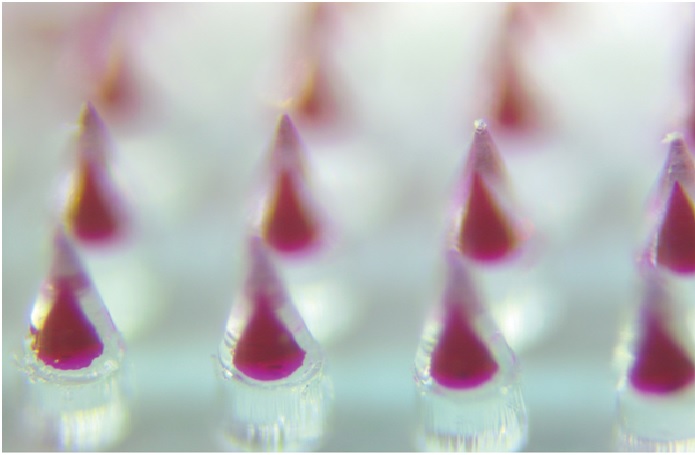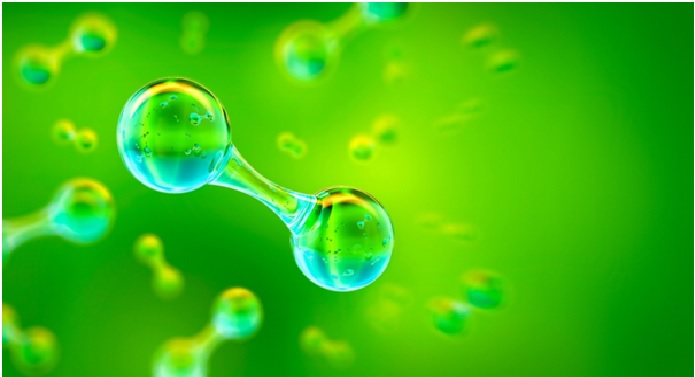The Innovation Process of Sun-Powered Chemistry
Sun-powered chemistry will transform carbon dioxide into materials that are popular Fossil fuels are used through the manufacture of many chemicals essential to human health and comfort, thereby leading to extractive practises, emissions of carbon dioxide and climate change. [1] A new solution uses sunlight to turn waste carbon dioxide into the chemicals required, potentially reducing pollution in two ways: by using unnecessary gas as the raw material, and by using sunlight as the source of energy needed for processing, rather than fossil fuels.

Figure 1: The process of sun-powered chemistry
This process is becoming increasingly feasible thanks to advances in sunlight-activated catalysts, or photocatalysts. In recent years investigators have developed photocatalysts that break the resistant double bond between carbon and oxygen in carbon dioxide. This is a critical first step in creating “solar” refineries that produce useful compounds from the waste gas—including “platform” molecules that can serve as raw materials for the synthesis of such varied products as medicines, detergents, fertilizers and textiles. The sun-powered chemistry transform carbon dioxide into essential products is shown in figure 1.
Photocatalysts are typically semiconductors, which require high-energy ultraviolet light to generate the electrons involved in the transformation of carbon dioxide. Yet ultraviolet light is both scarce (representing just 5 percent of sunlight) and harmful. [2] The development of new catalysts that work under more abundant and benign visible light has therefore been a major objective. That demand is being addressed by careful engineering of the composition, structure and morphology of existing catalysts, such as titanium dioxide. Although it efficiently converts carbon dioxide into other molecules solely in response to ultraviolet light, doping it with nitrogen greatly lowers the energy required to do so. The altered catalyst now needs only visible light to yield widely used chemicals such as methanol, formaldehyde and formic acid—collectively important in the manufacture of adhesives, foams, plywood, cabinetry, flooring and disinfectants.
Also, according to the report, that said demand is being addressed by cautious engineering of the "composition, structure and morphology" of current catalysts like titanium dioxide.
Even though it effectively transforms carbon dioxide into other molecules exclusively in reaction to ultraviolet light, [3] doping it with nitrogen substantially lowers the energy needed to do so.
The transformed catalyst now requires only visible light to produce commonly used chemicals like formic acid, methanol, and formaldehyde that are collectively essential in manufacturing certain products such as foams, plywood, cabinetry, and adhesives, disinfectants, and flooring.
Some start-ups are working on a different method in the conversion of carbon dioxide into useful materials, specifically, the application of electricity to drive the chemical reactions.
Meanwhile, the use of electricity to power the reactions would evidently be less eco-friendly compared to the use of sunlight if the electricity resulted from fossil-fuel ignition. However, dependence on photovoltaics could overcome such a shortcoming.
References:
- https://www.coursehero.com/file/76008914/Sun-powered-chemistry-will-transform-carbon-dioxide-into-materials-that-are-popularpdf/
- https://www.scientificamerican.com/article/sun-powered-chemistry-can-turn-carbon-dioxide-into-common-materials/
- https://www.sciencetimes.com/articles/28173/20201112/sun-powered-chemistry-transform-carbon-dioxide-essential-products.htm
Cite this article:
Vinotha D (2022), The Innovation Process of Sun-Powered Chemistry, AnaTechMaz, pp.205















